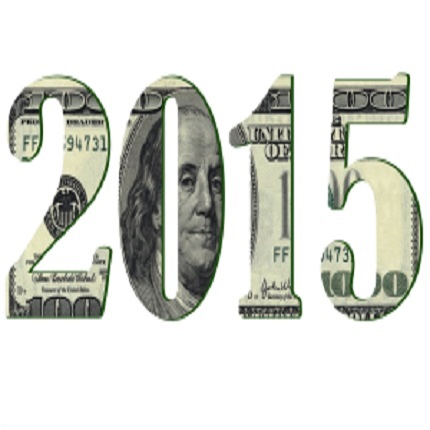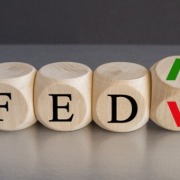This Wildly Popular Investment Has Two Costly Flaws
 Target-date funds are more popular than ever. More than $1 trillion is invested in them, and many workers invest only in this type of mutual fund.
Target-date funds are more popular than ever. More than $1 trillion is invested in them, and many workers invest only in this type of mutual fund.
These specialty mutual funds are something of a one-size-fits-all approach to retirement investing, however. They also tend to charge higher fees than other widely recommended investments, such as index funds.
You could jeopardize your retirement savings if you invest in them blindly. Here’s what you need to know before trusting your nest egg to target-date funds.
What Is A Target-Date Fund?
Target-date funds are a type of mutual fund made up of multiple types of assets, primarily stocks and bonds. They are also pegged to a desired retirement date, as their name implies. For example, if you plan to retire in 10 years, you might invest in shares of a 2028 target-date fund.
As that date nears, the fund’s asset allocation rebalances automatically, theoretically sparing you the annual chore of rebalancing your own portfolio in light of your latest timetable for retirement.
This generally means that over time, stocks comprise less and less of the fund’s assets and bonds comprise increasingly more. This makes the asset allocation increasingly conservative.
Consider these recent numbers:
- Target-date fund assets surpassed the $1 trillion mark last year, meaning they “play an increasingly important role in retirement success for more and more investors,” according to Morningstar.
- Ninety-eight percent of employers offer target-date funds in their workplace retirement plans, and 89 percent of those employers use target-date funds as the default investment option, according to Fidelity.
- More than half of folks who participate in a 401(k) invest in a single target-date fund, according to Vanguard.
Two Downsides of Target-Date Funds
Target-date funds have a couple of drawbacks that anyone should consider before putting money into them:
1. Fees Tend To Be Relatively High
The good news is that the average asset-weighted expense ratio for target-date funds has been falling lately. According to Morningstar, it reached 0.66 percent at the end of 2017, compared with 0.91 percent five years earlier.
Still, some target-date funds continue to carry higher fees. Even the average of 0.66 percent is high compared with that of investments like index funds, which Morningstar says had an average asset-weighted expense ratio of 0.15 percent last year.
2. One Size Does Not Fit All
Target-date funds simplify investing to such an extent that they could give investors a false sense of security or lead investors to become completely hands-off with their savings. You don’t want that.
For example, while a 2028 target-date fund theoretically suits anyone who expects to retire in 2028, not everyone who expects to retire that year has the same risk tolerance, life expectancy or projected retirement expenses.
Alexander Lowry, director of the master’s program in financial analysis at Gordon College in Wenham, Massachusetts, explains in a CNBC report:
“People need to be conscious and engaged with their investment. Outsourcing that responsibility to a target-date fund is a recipe for disaster, at least in the current investing climate.”
To learn more about target-date funds, check out “6 Tips for Picking the Best Target Date Fund.”
Source:AOL Money Talk News



